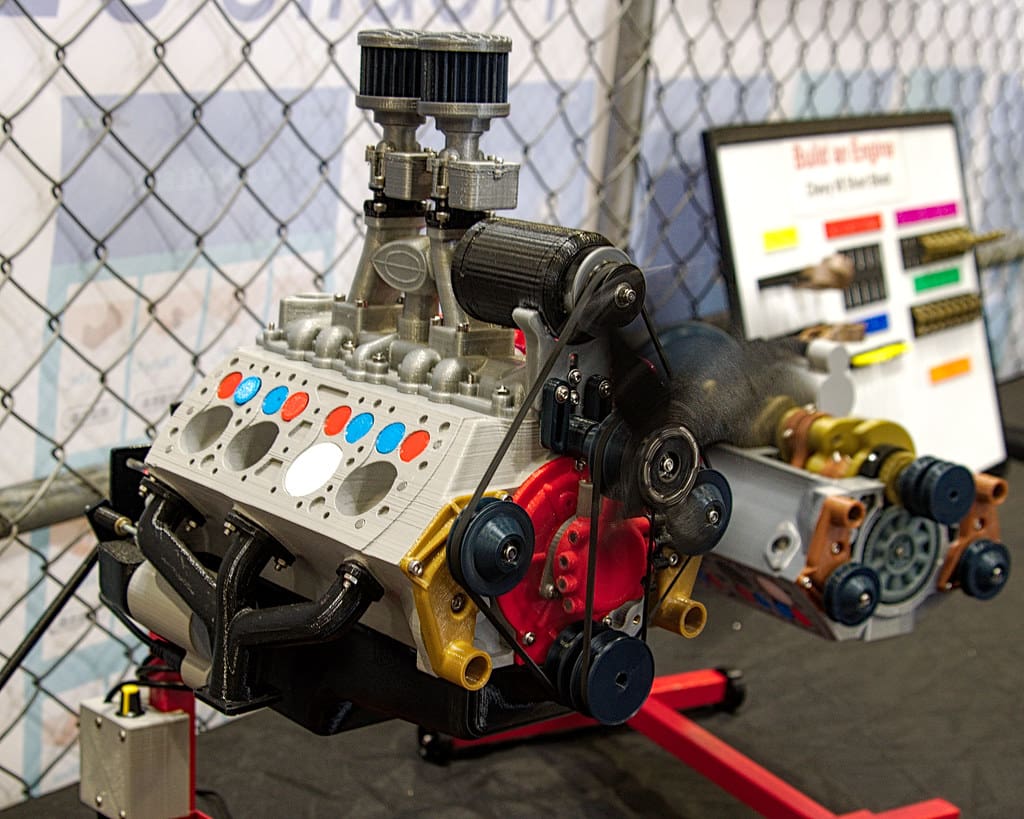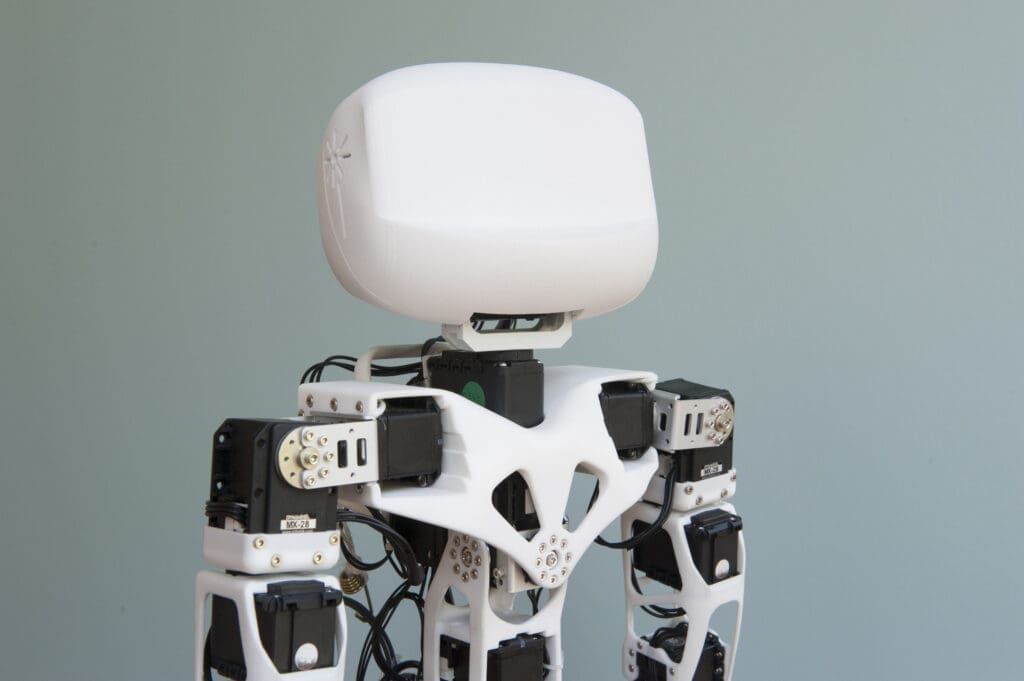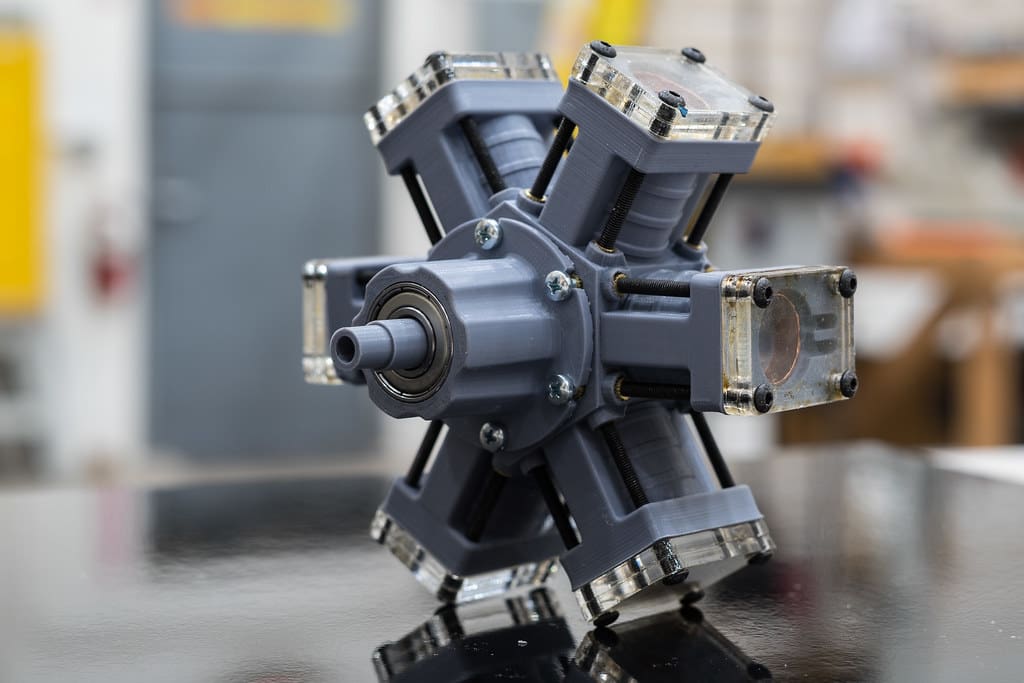Mechanical engineering, a discipline that spans from automotive to aerospace and beyond, is being profoundly transformed by 3D printing technology. Also known as additive manufacturing, this innovative approach allows for the creation of complex mechanical components with unprecedented precision and efficiency. As the technology matures, it is increasingly being integrated into the mainstream manufacturing processes, offering significant advantages over traditional methods in terms of design flexibility, waste reduction, and customization.
The Emergence of 3D Printing in Mechanical Engineering
3D printing began as a tool primarily used for prototyping due to its ability to quickly produce objects with complex geometries. However, as the technology has evolved, so too has its application, expanding to include the production of functional mechanical components and even entire systems. Today, 3D printing is not just a prototyping tool but a critical component of the manufacturing process in many sectors of mechanical engineering.

Advantages of 3D Printing in Mechanical Engineering
Design Flexibility: 3D printing allows mechanical engineers to bypass traditional manufacturing constraints, enabling the design and production of components with complex, intricate geometries that would be either impossible or too costly to make using conventional methods.
Rapid Prototyping: The ability to quickly move from digital designs to physical objects is one of the most significant advantages of 3D printing, drastically reducing development times and allowing for rapid iteration and refinement of designs.
Material Efficiency and Sustainability: 3D printing contributes to sustainability by minimizing waste. Unlike subtractive manufacturing processes that cut away significant amounts of material, additive manufacturing layers material precisely where it is needed, reducing raw material use.
Customization and Scalability: With 3D printing, producing customized parts does not require new tools or molds, making it cost-effective for both small batches and individualized products. This scalability is particularly beneficial in industries like medical devices or aerospace, where bespoke designs are often required.

Key Applications of 3D Printing in Mechanical Engineering
Automotive Components: From complex engine parts to lightweight structures for electric vehicles, 3D printing is used to enhance performance and reduce the weight of automotive components, thereby improving fuel efficiency and reducing emissions.
Aerospace Parts: In aerospace, 3D printing is critical for manufacturing parts that must adhere to stringent weight and durability requirements. Components such as turbine blades, brackets, and even cabin parts are being printed to reduce weight and increase the efficiency of aircraft.
Medical Devices: In the medical field, 3D printing is used to create custom prosthetics and surgical tools tailored to individual patients, improving outcomes and comfort. The technology’s ability to produce biocompatible materials is particularly valuable.
Robotics: 3D printing facilitates the rapid design and manufacture of robots, particularly for custom actuators and grippers which require precise dimensions and advanced material properties.
Challenges in 3D Printing for Mechanical Engineering
Despite its advantages, 3D printing faces several challenges in its integration into mechanical engineering:
Material Limitations: While there are numerous materials available for 3D printing, finding materials with the required mechanical properties such as strength, durability, and heat resistance can be challenging.
Surface Finish and Precision: Achieving the surface finish and precision required for some mechanical components often requires additional post-processing, which can diminish some of the speed and cost benefits.
Size Limitations: Current 3D printers have size limitations, which can be a significant constraint for manufacturing larger mechanical components.
Adoption and Integration: Integrating 3D printing into existing manufacturing systems poses both technical and cultural challenges. There is often resistance to adopting new technologies, and the cost of high-quality 3D printers remains a barrier for many companies.

Future Directions in 3D Printing for Mechanical Engineering
The future of 3D printing in mechanical engineering is promising, with continuous advancements in printer technology, materials science, and digital design tools. Researchers are focusing on developing new materials that meet a wider range of mechanical properties and on enhancing the scalability of printing technologies. As these advancements progress, 3D printing is expected to become even more integral to mechanical engineering, leading to more innovative, efficient, and sustainable manufacturing processes.
3D printing is set to continue its role as a transformative force in mechanical engineering, reshaping how engineers design and manufacture mechanical components. As the technology advances, it promises to unlock new levels of innovation, efficiency, and customization, making it an indispensable tool in the mechanical engineering toolbox.








